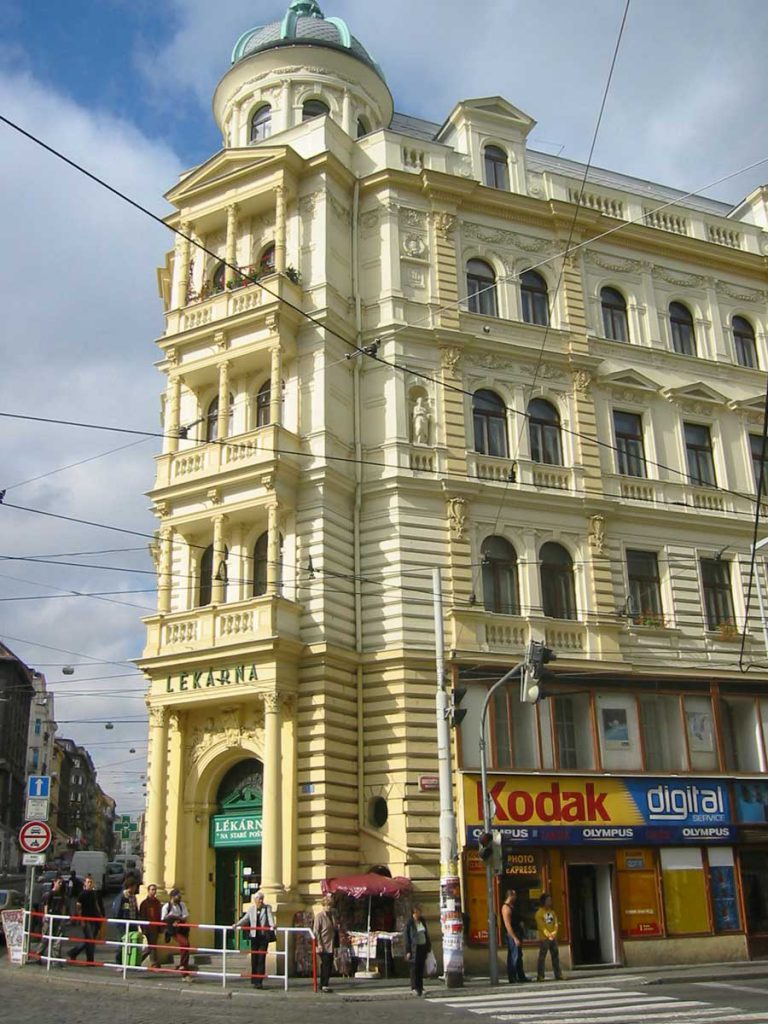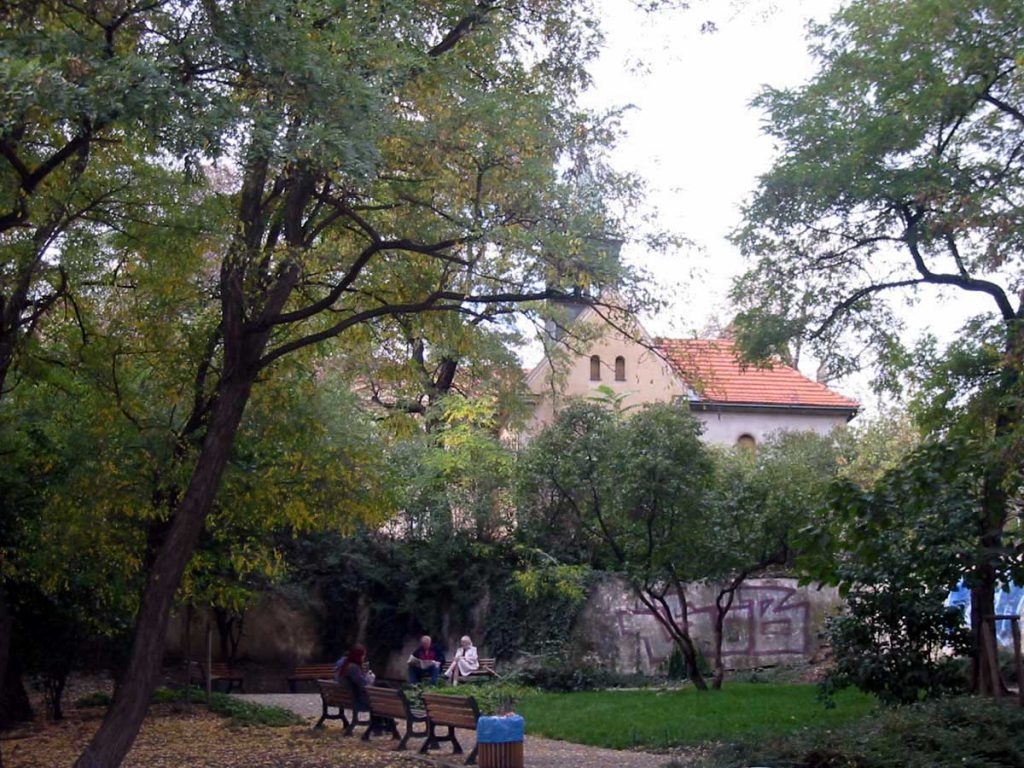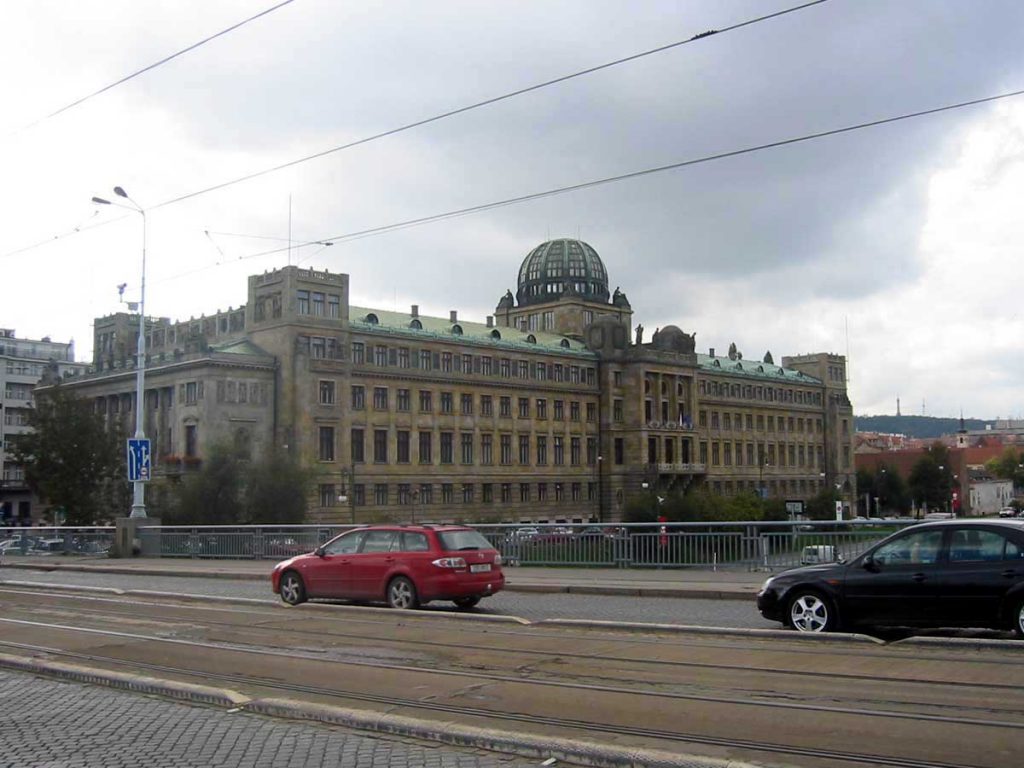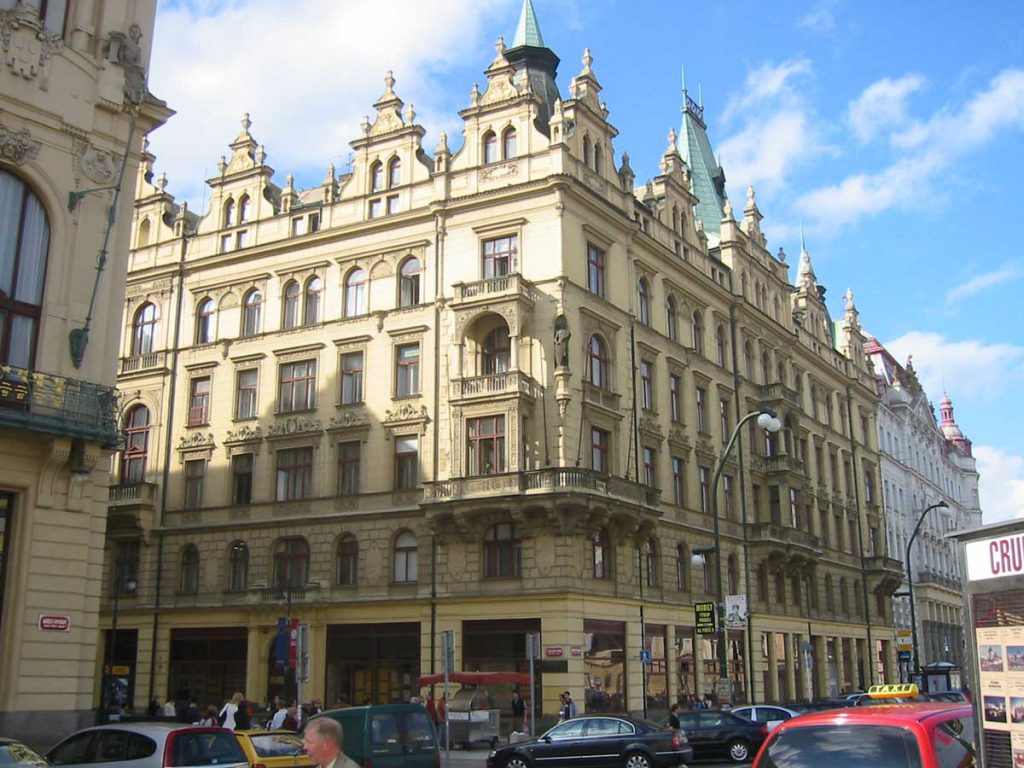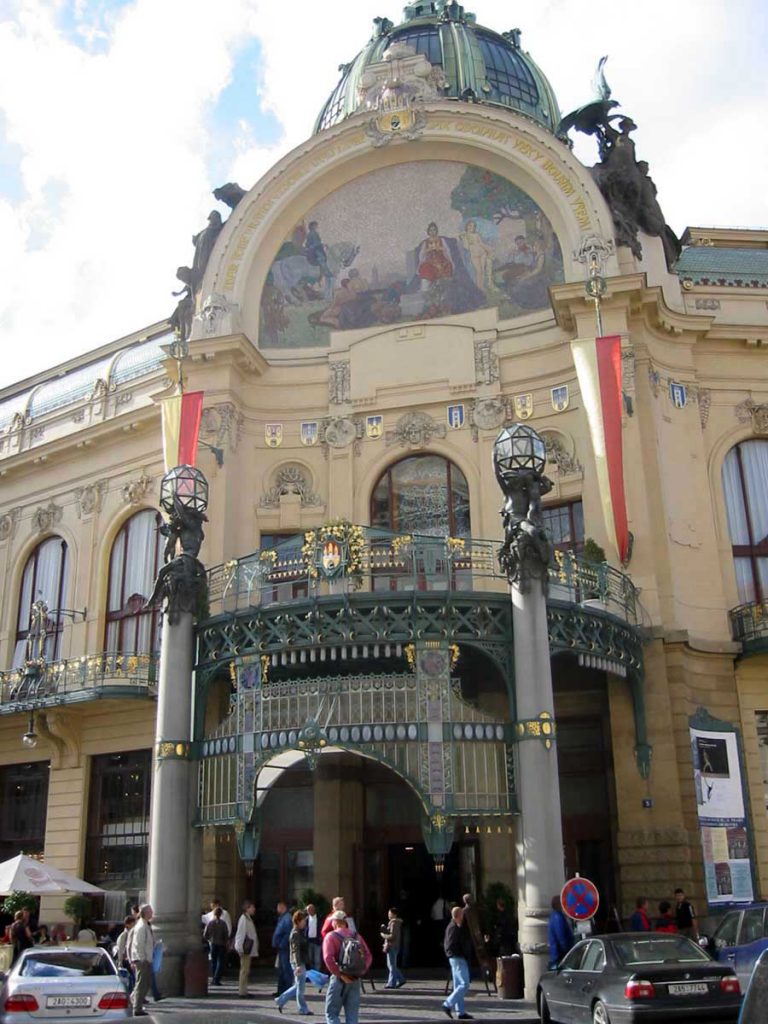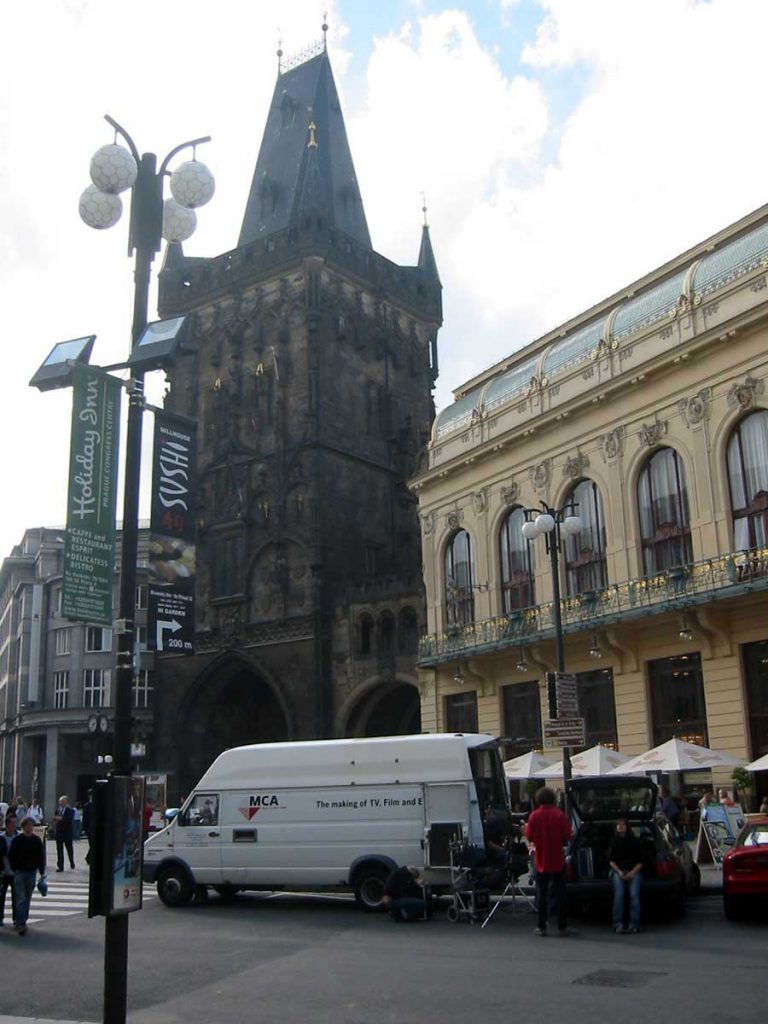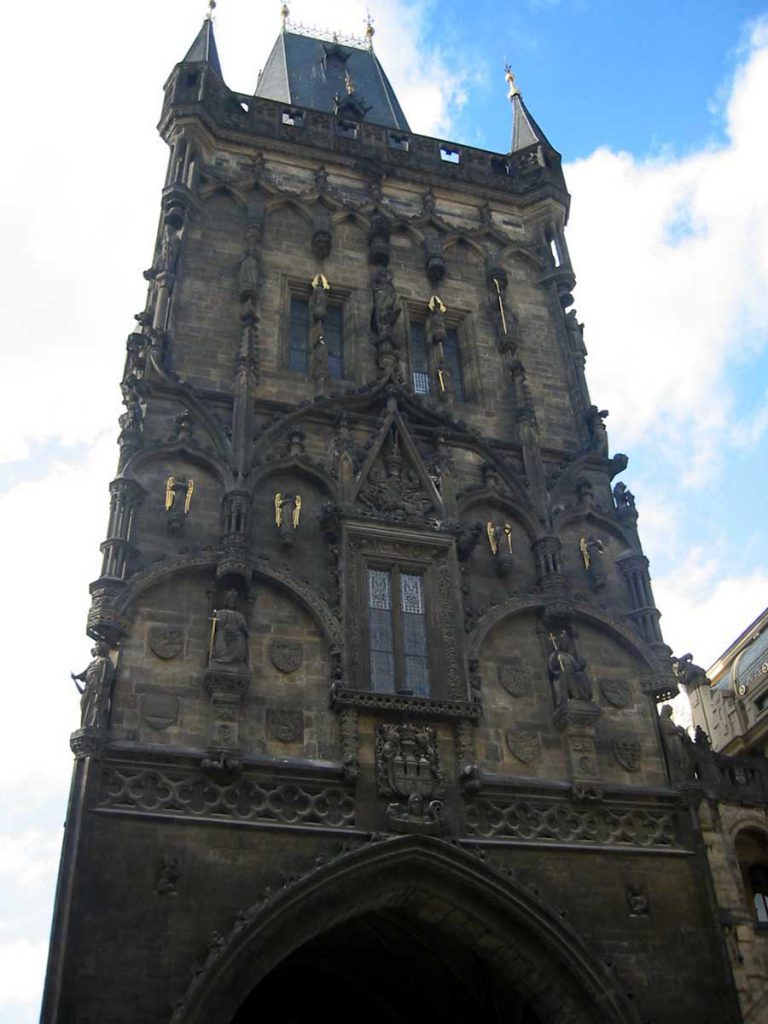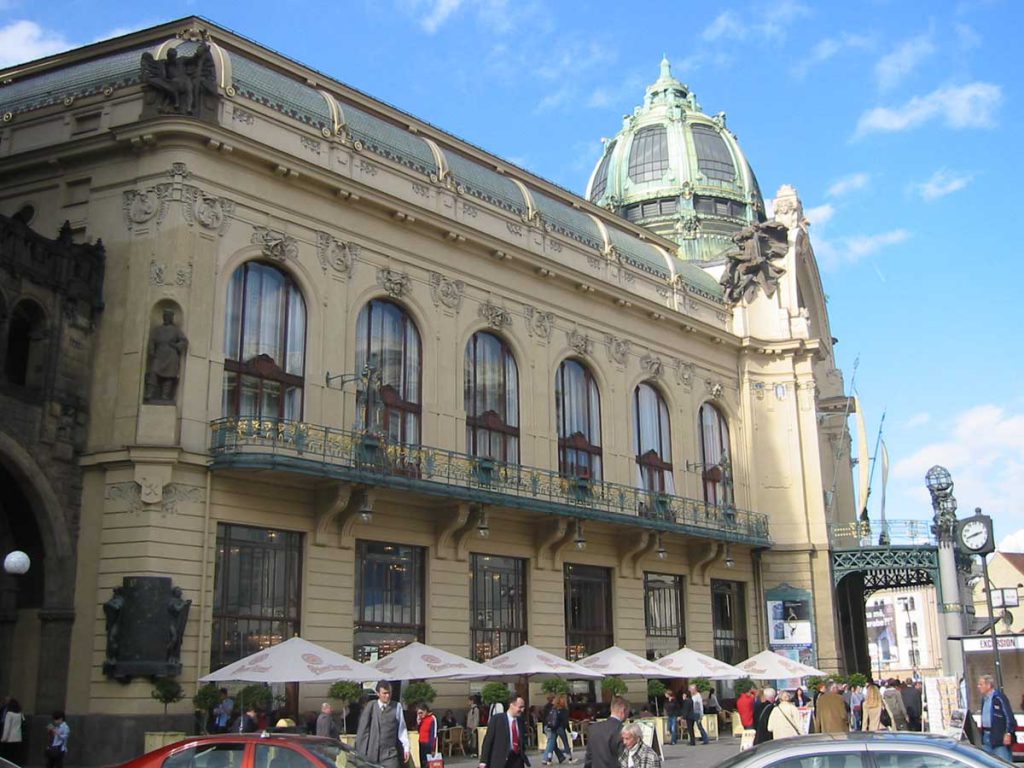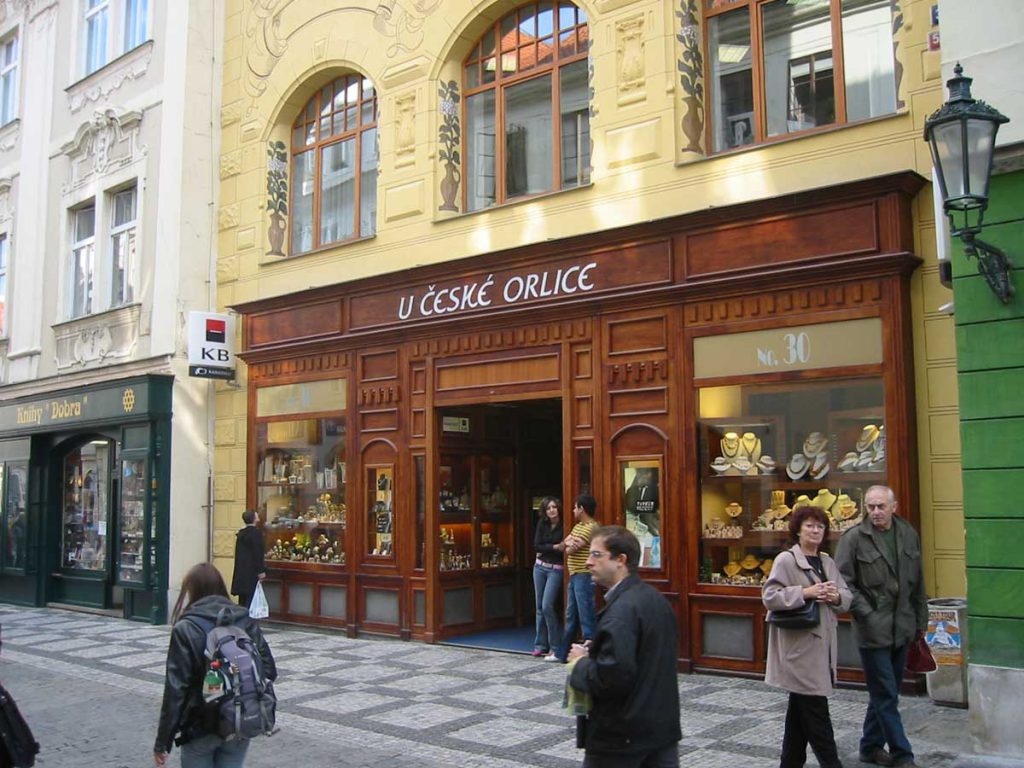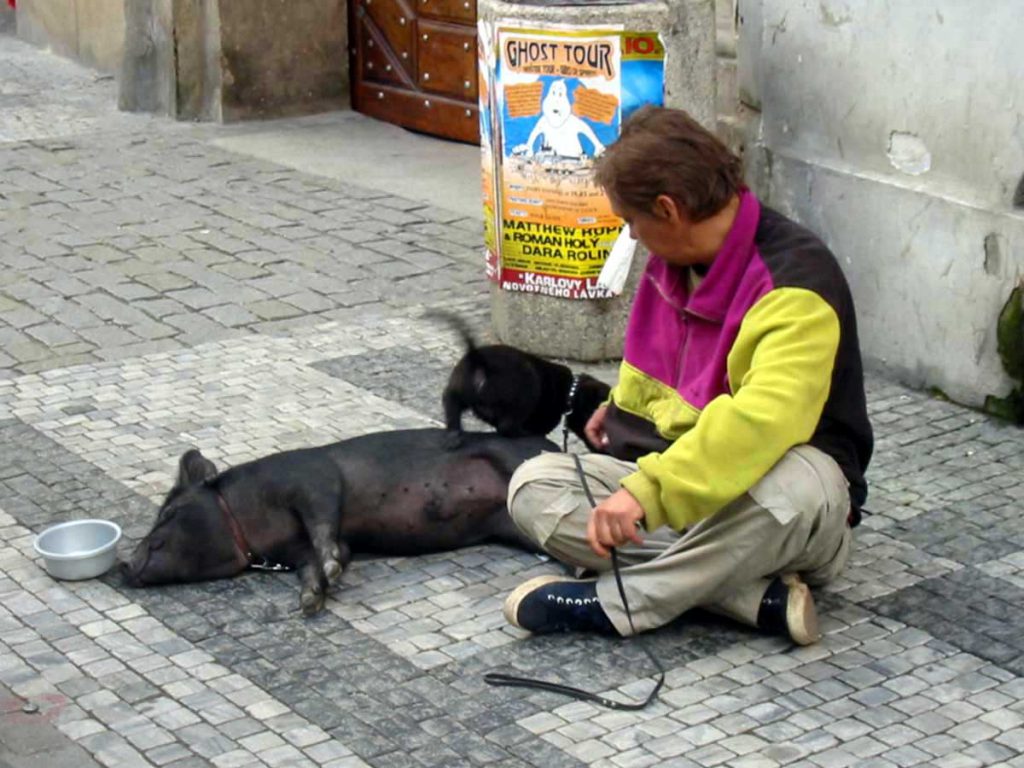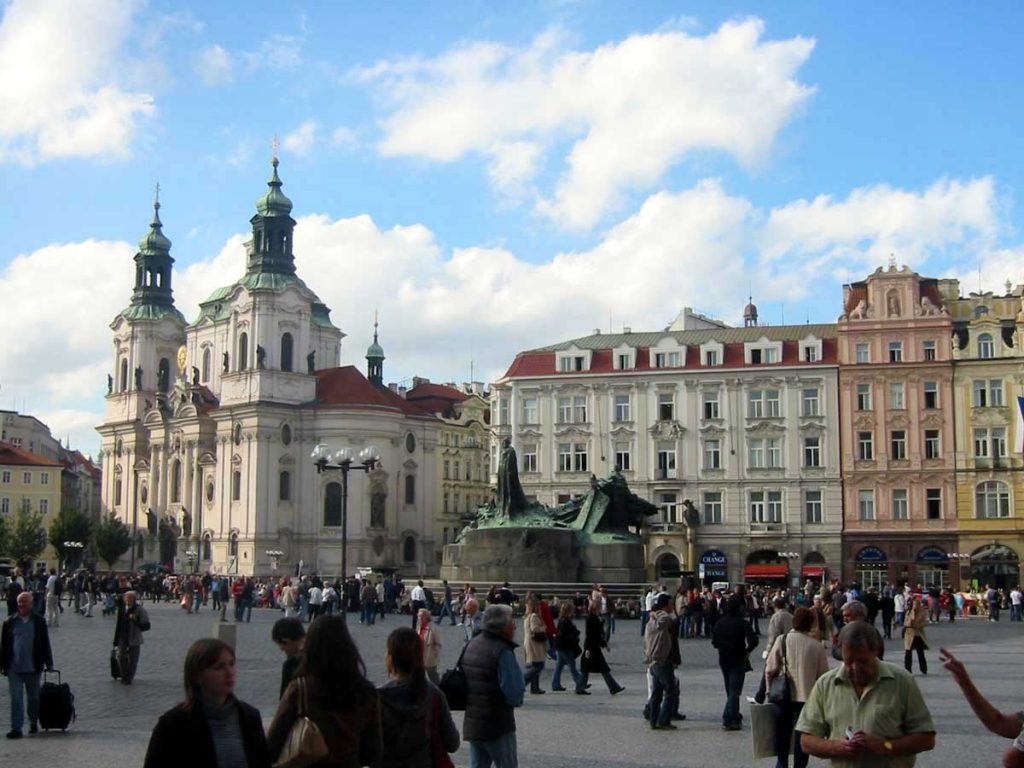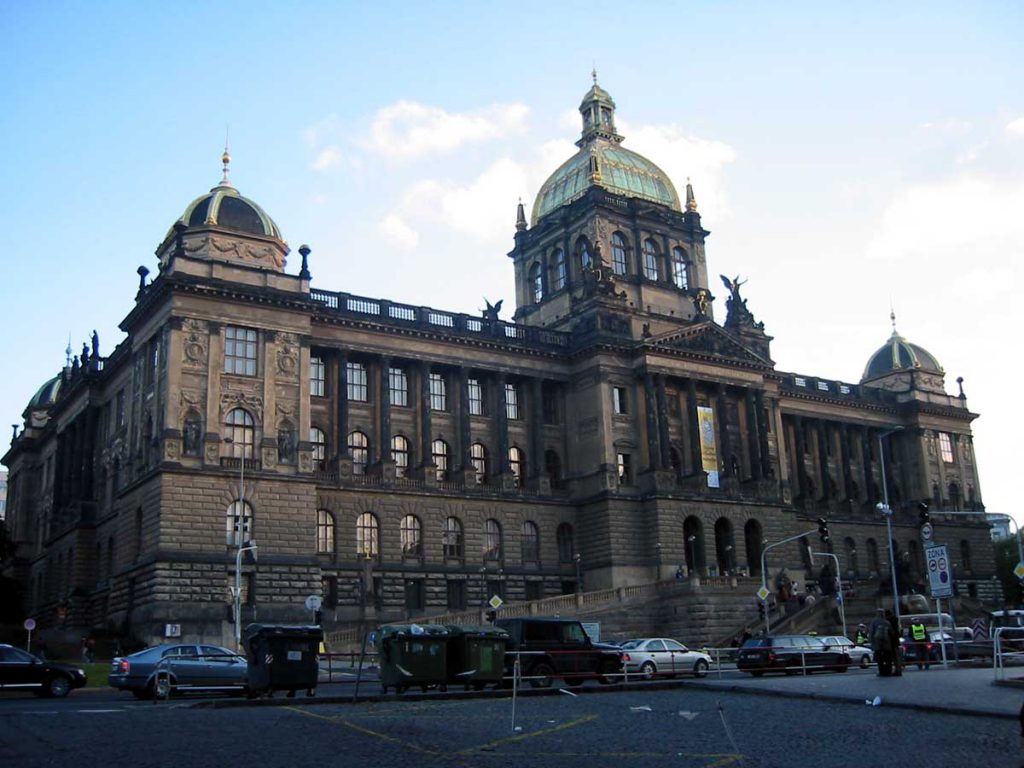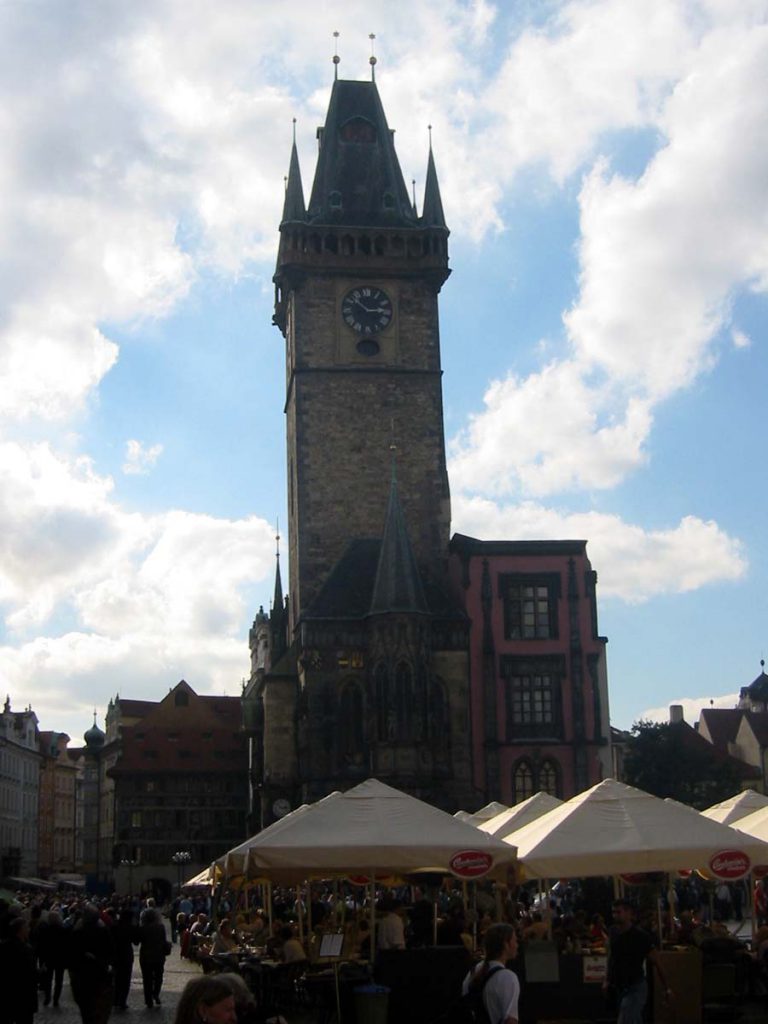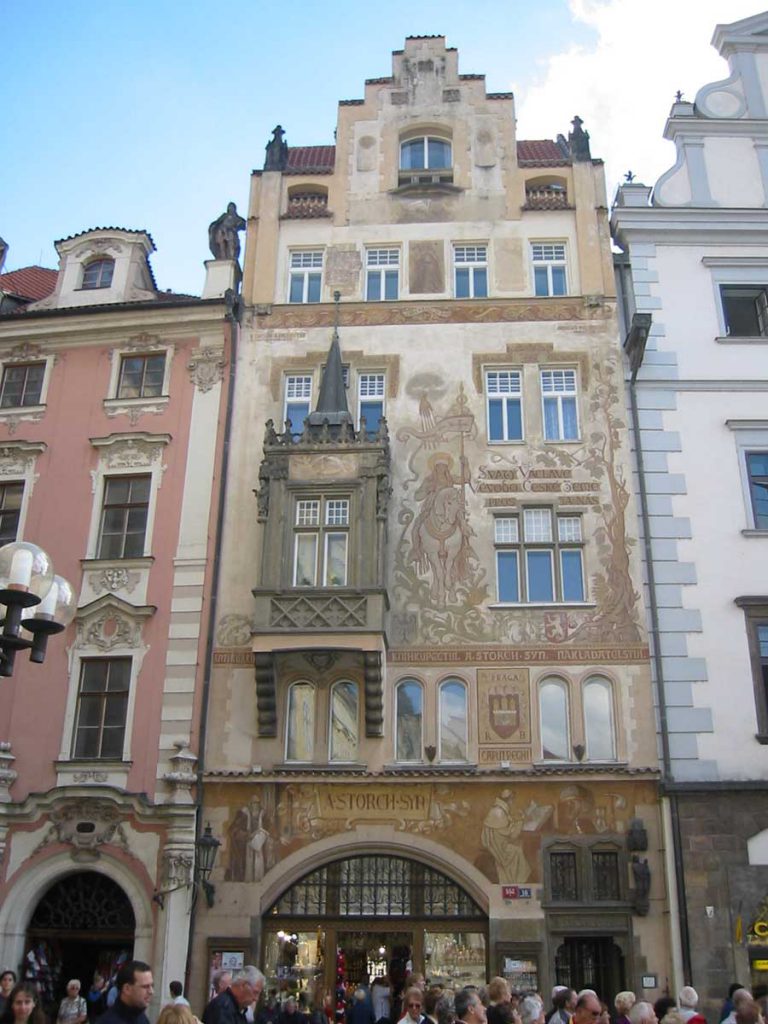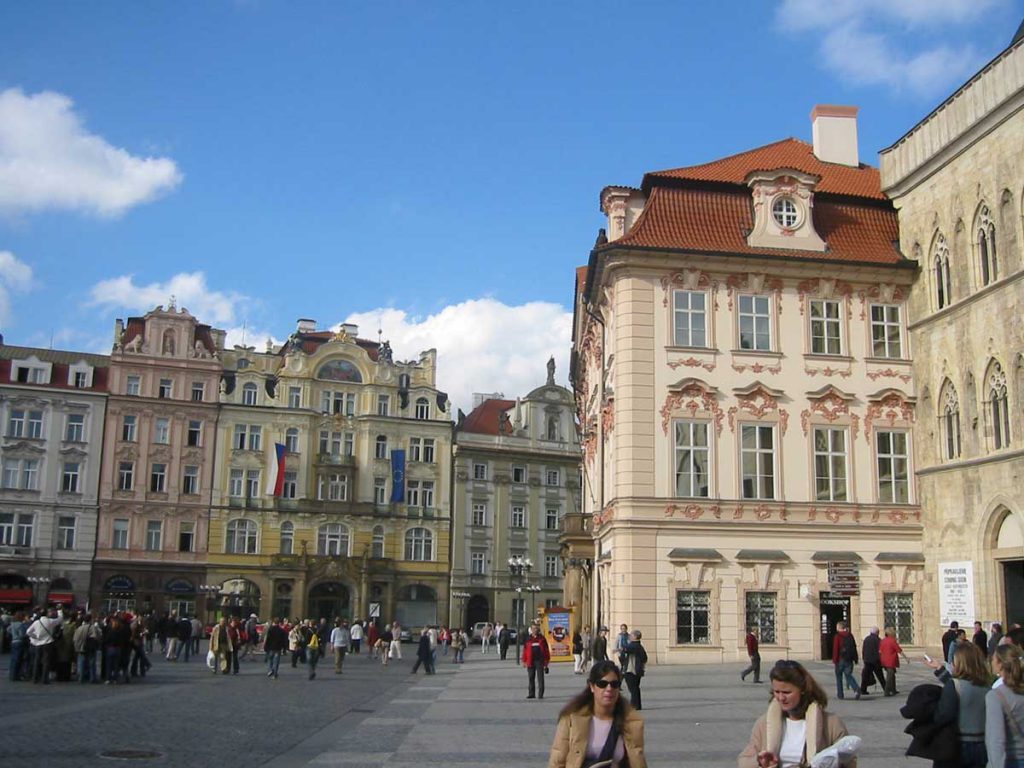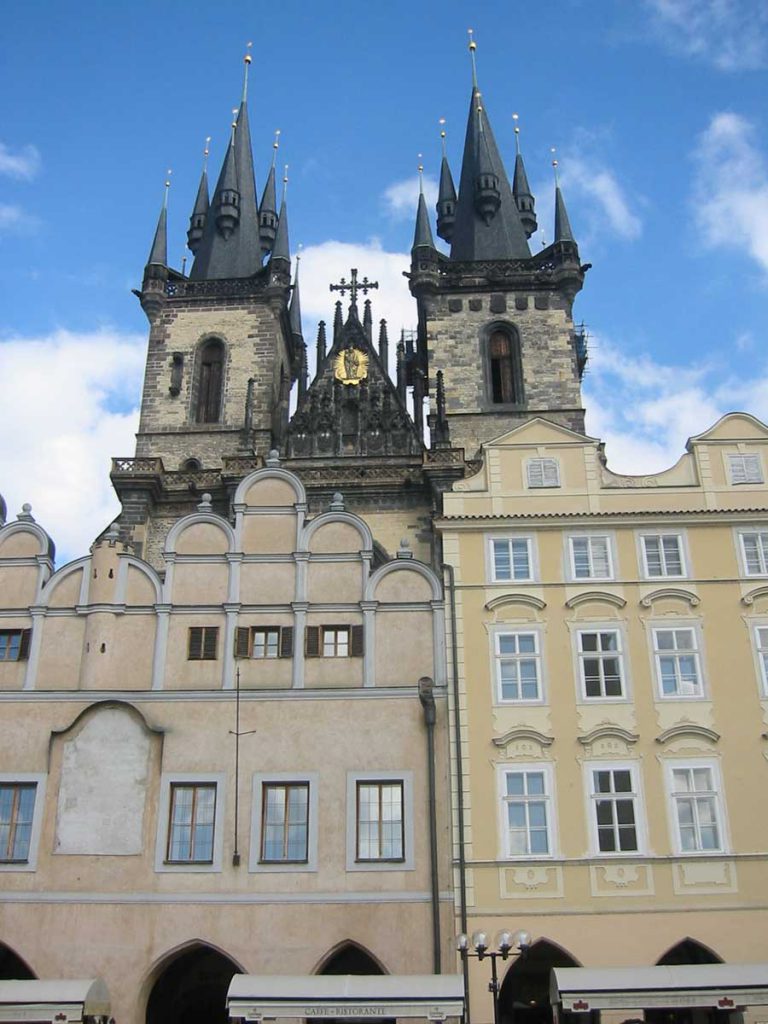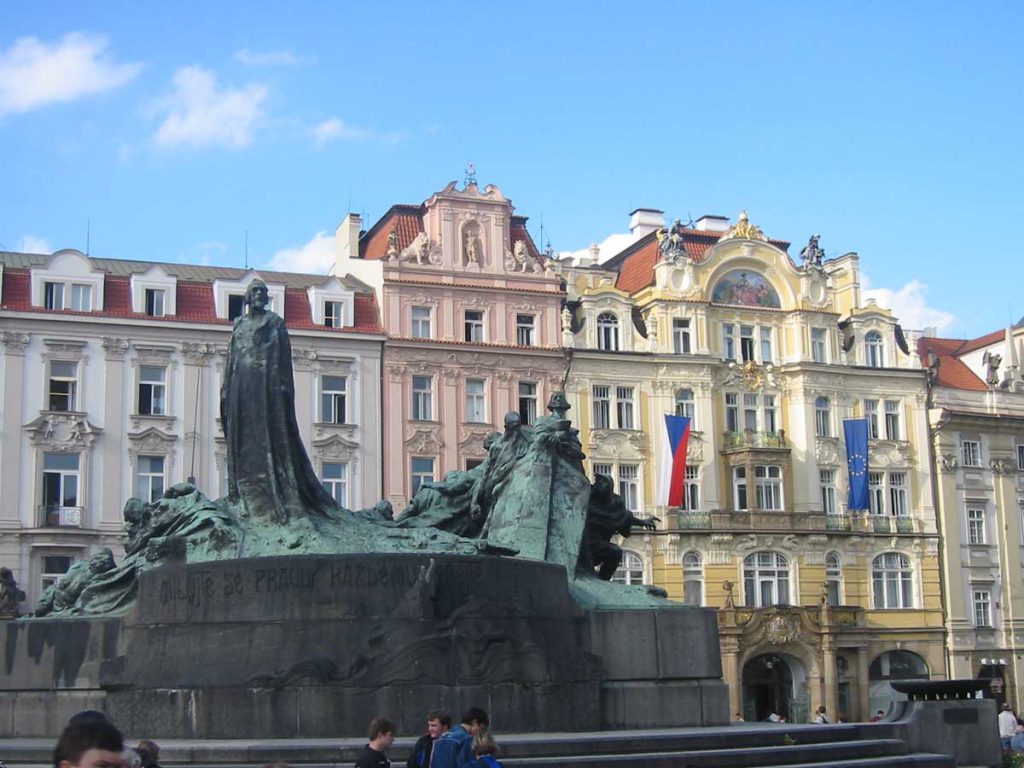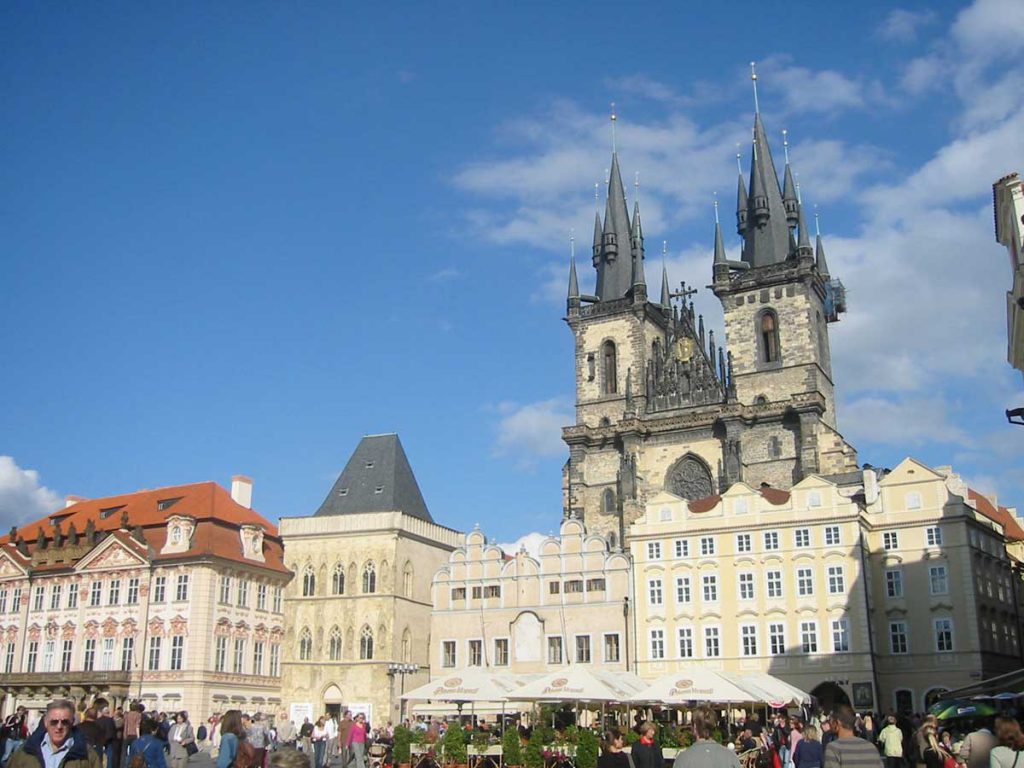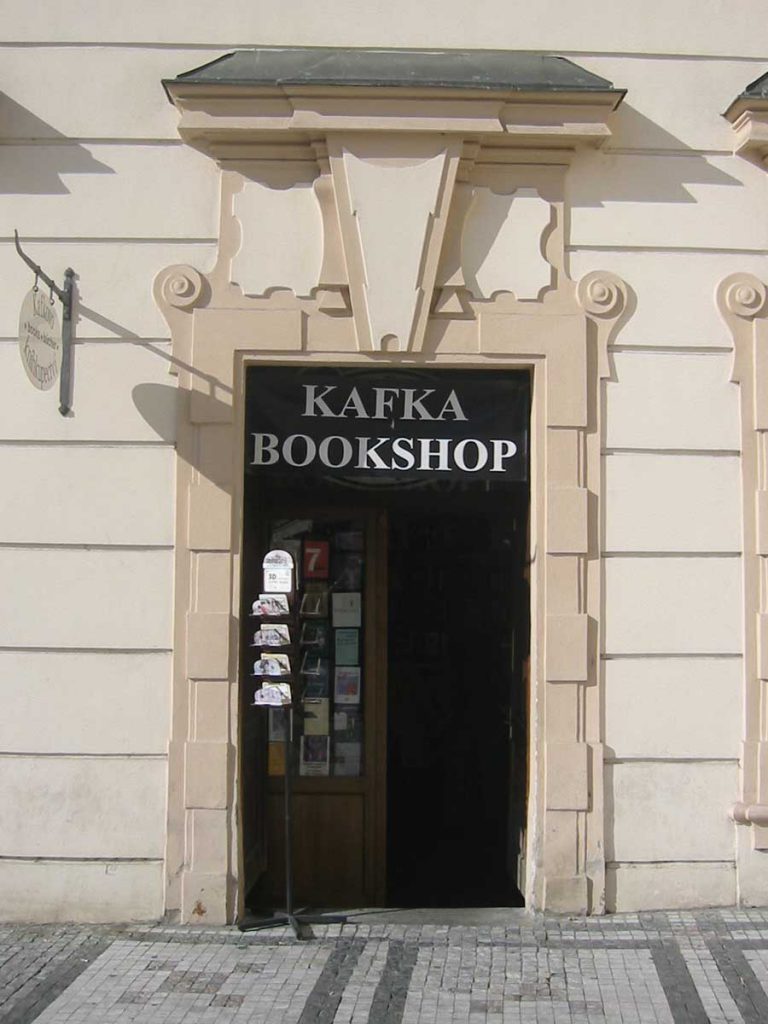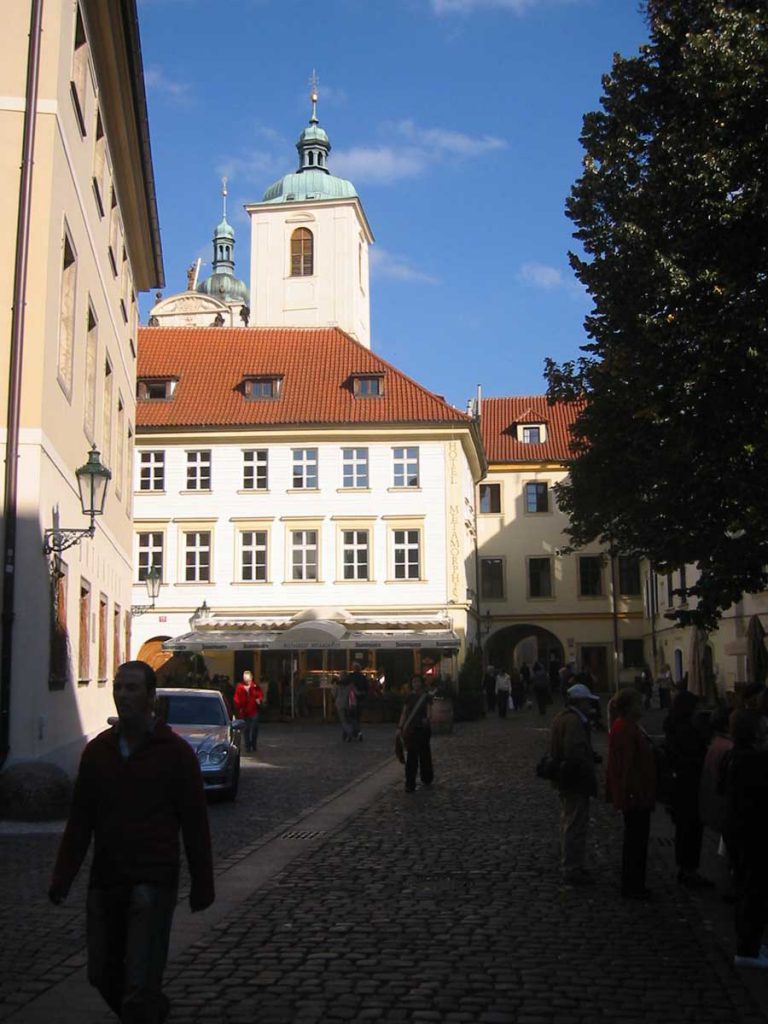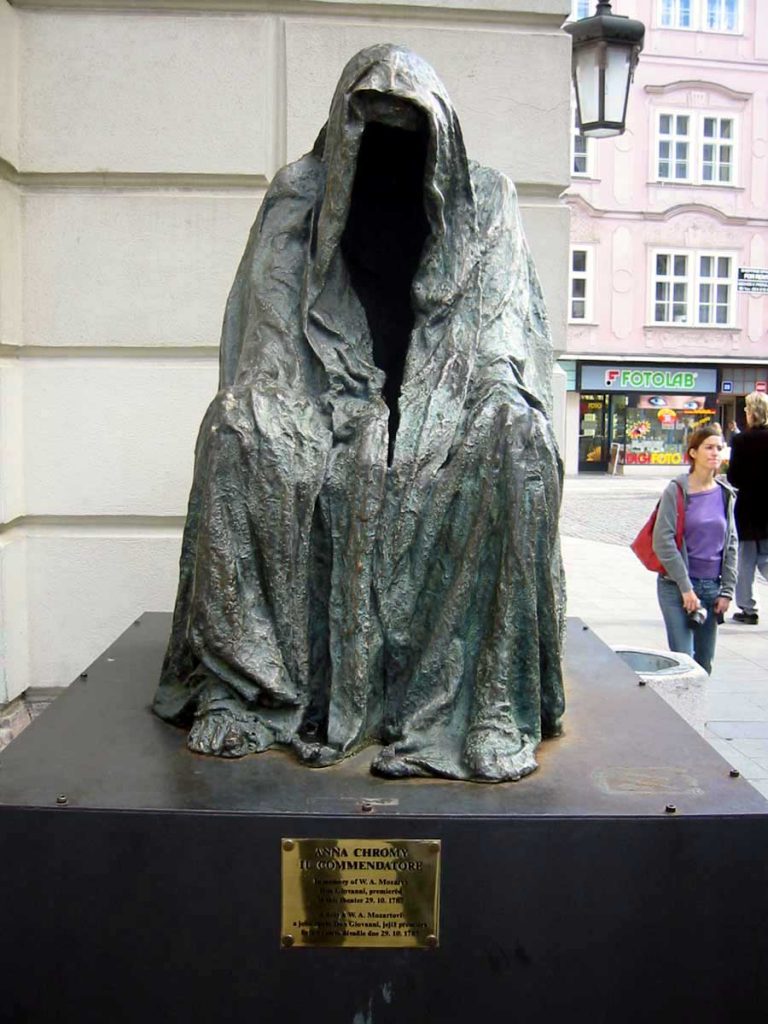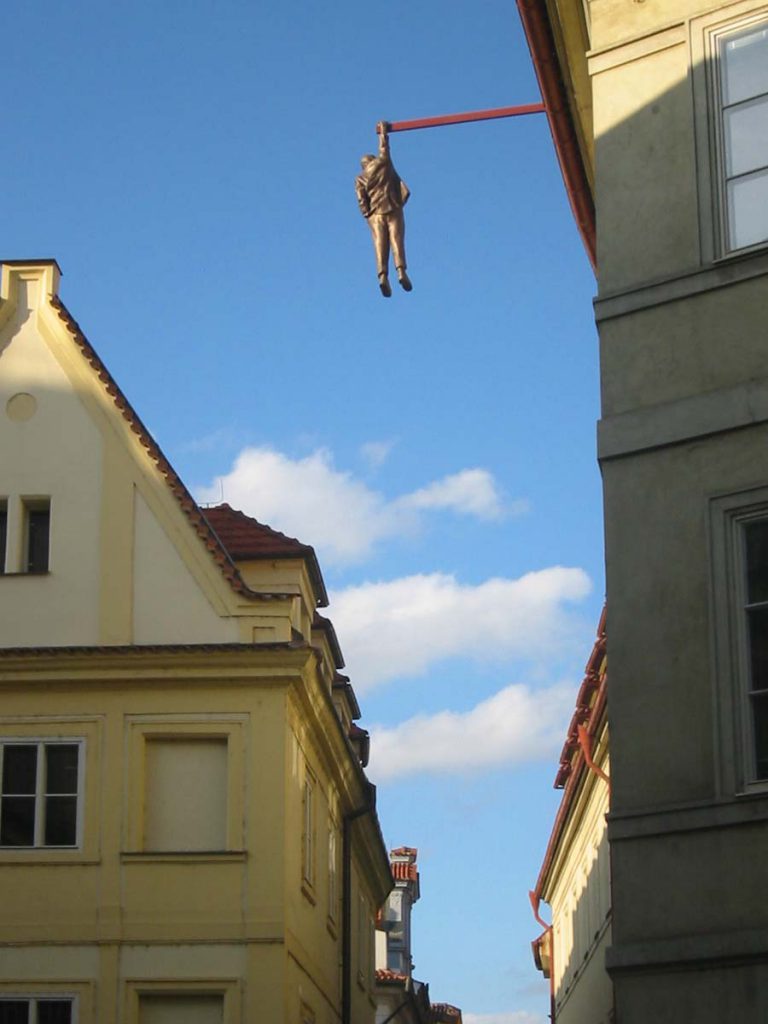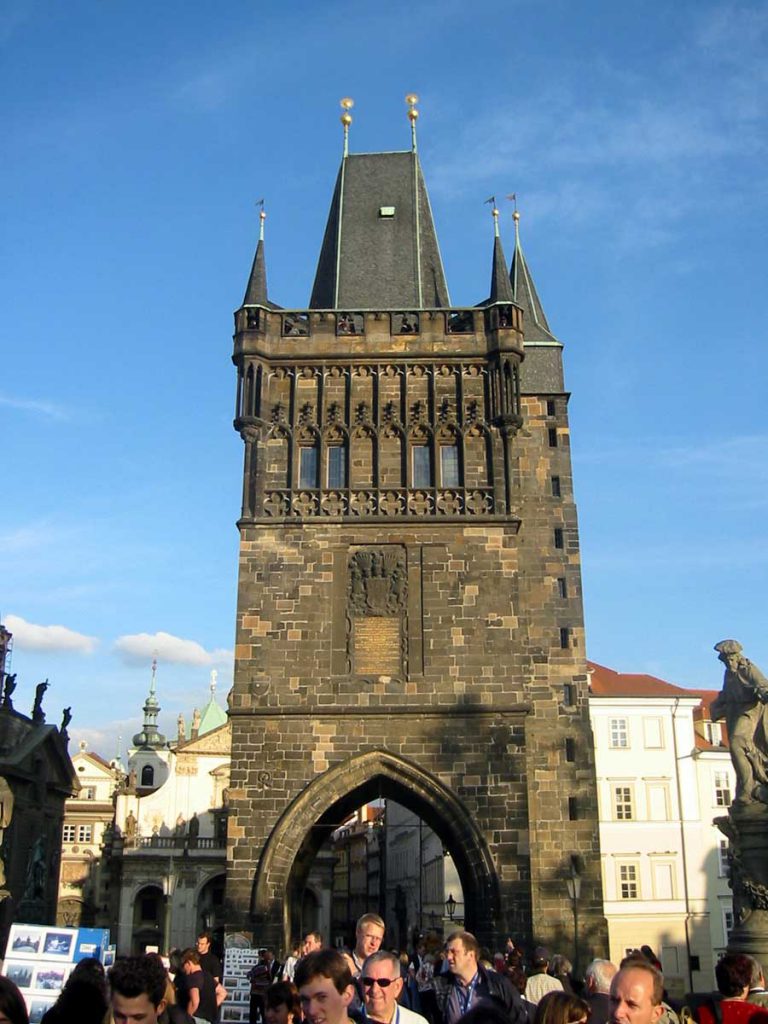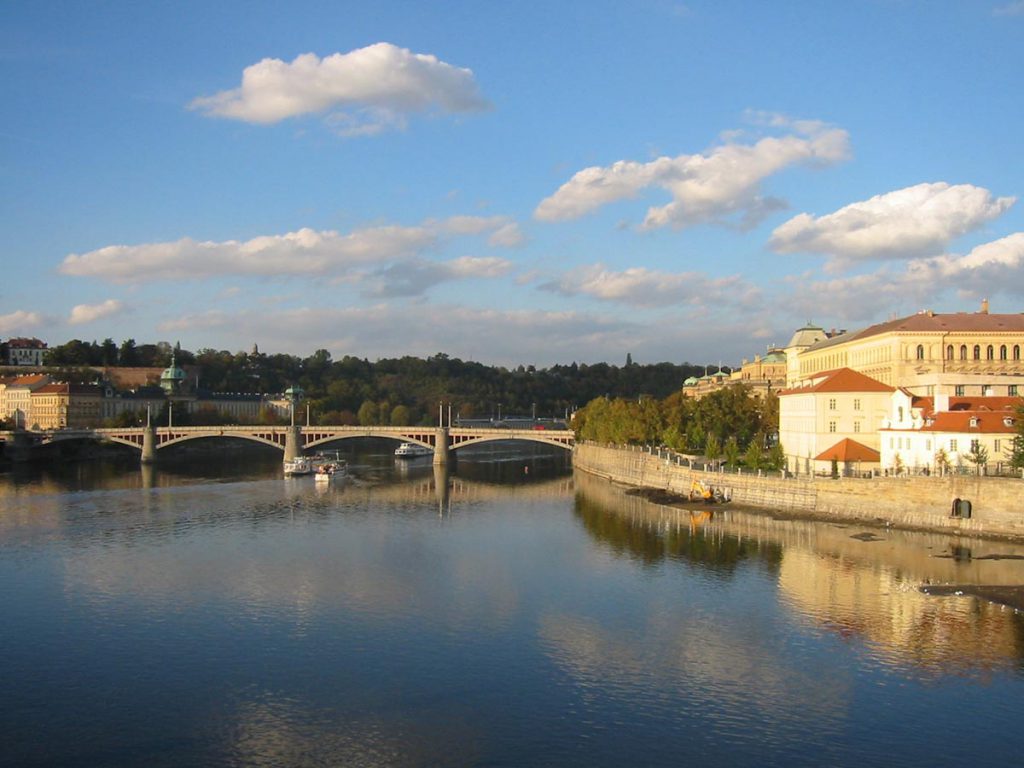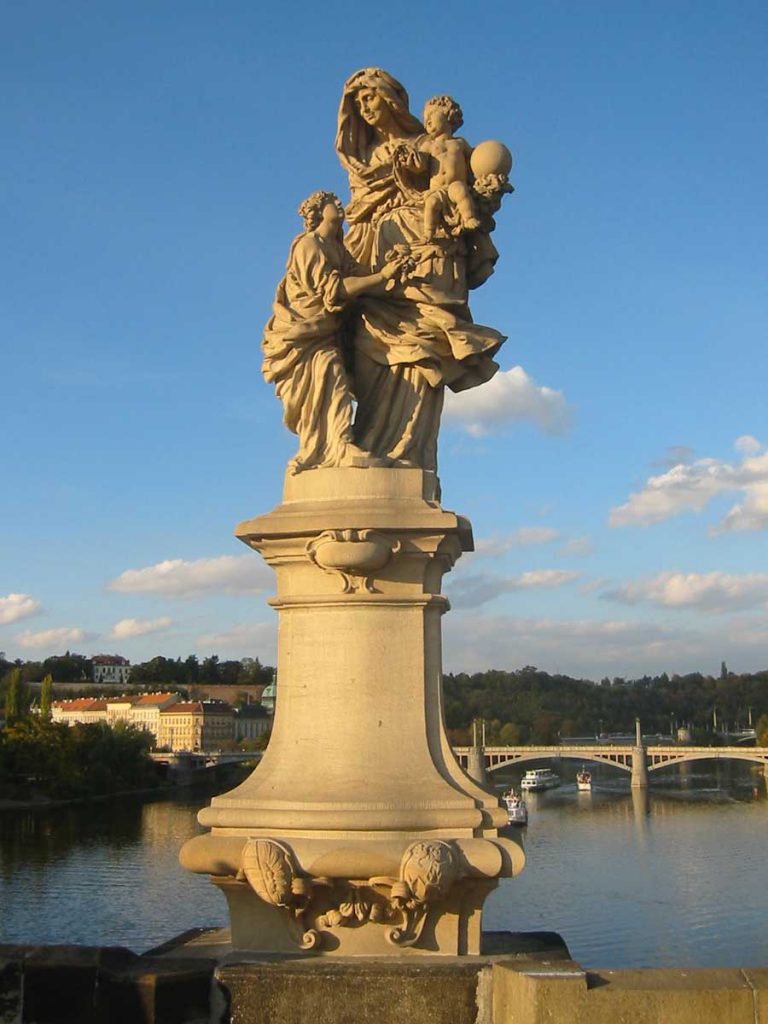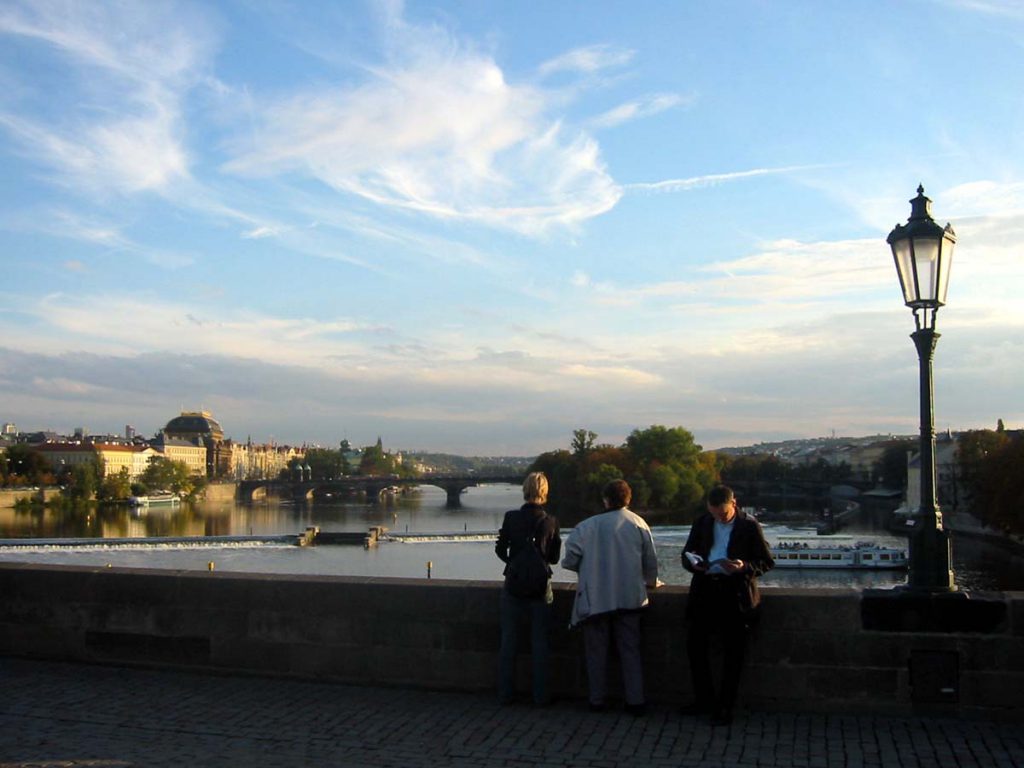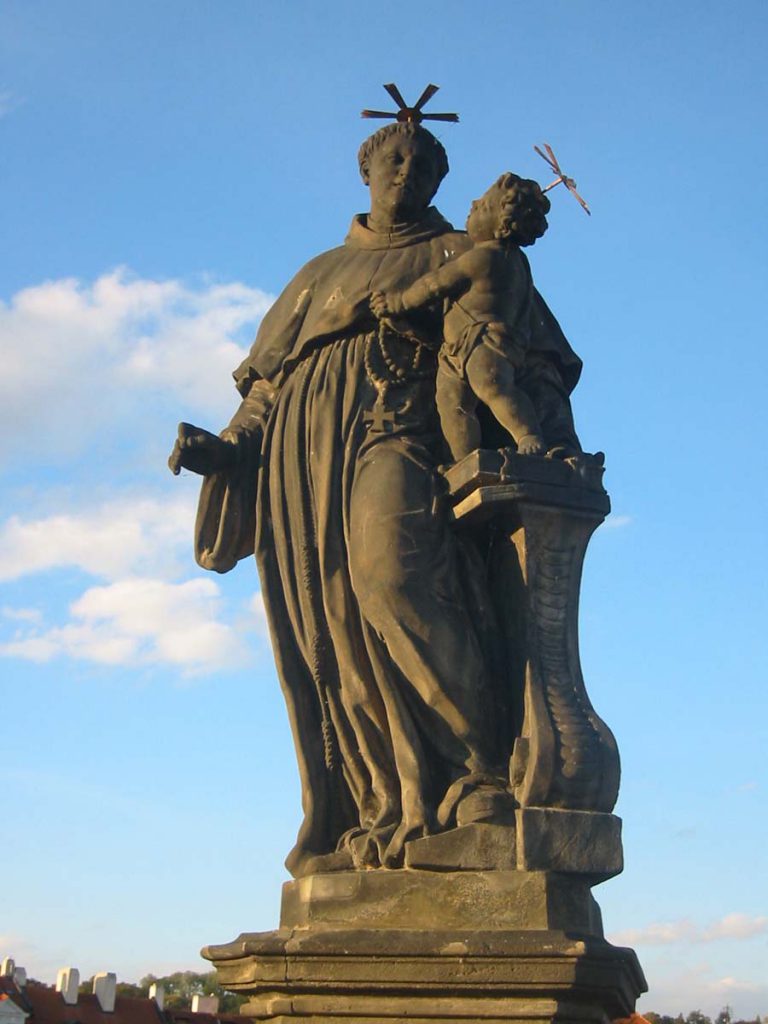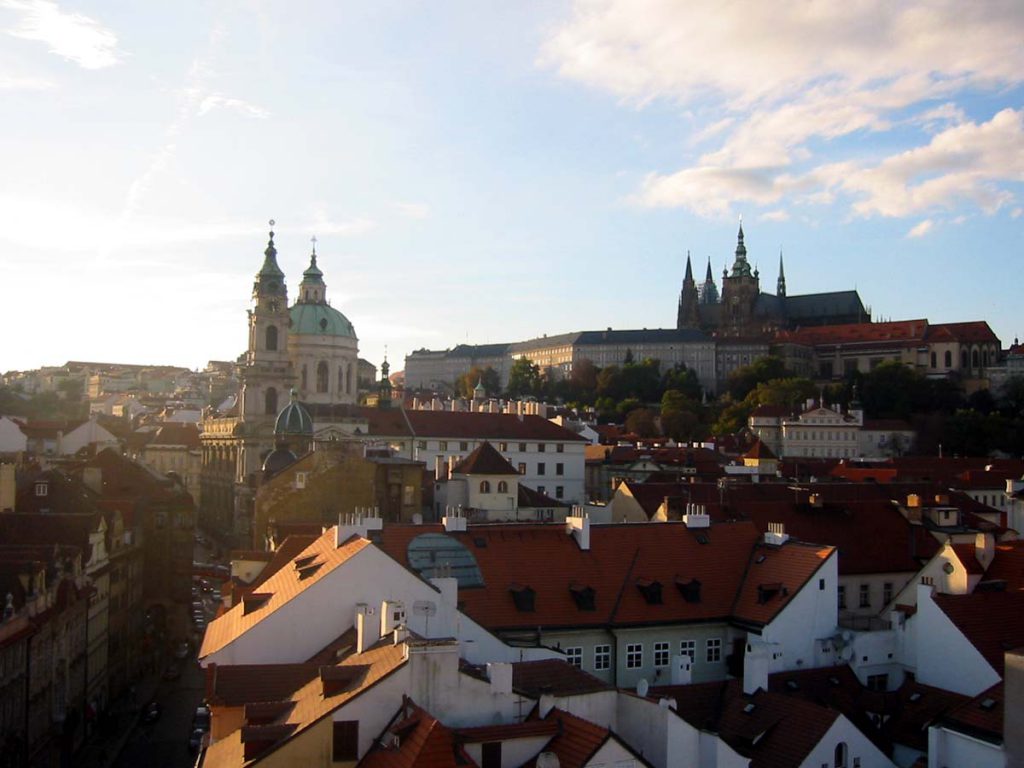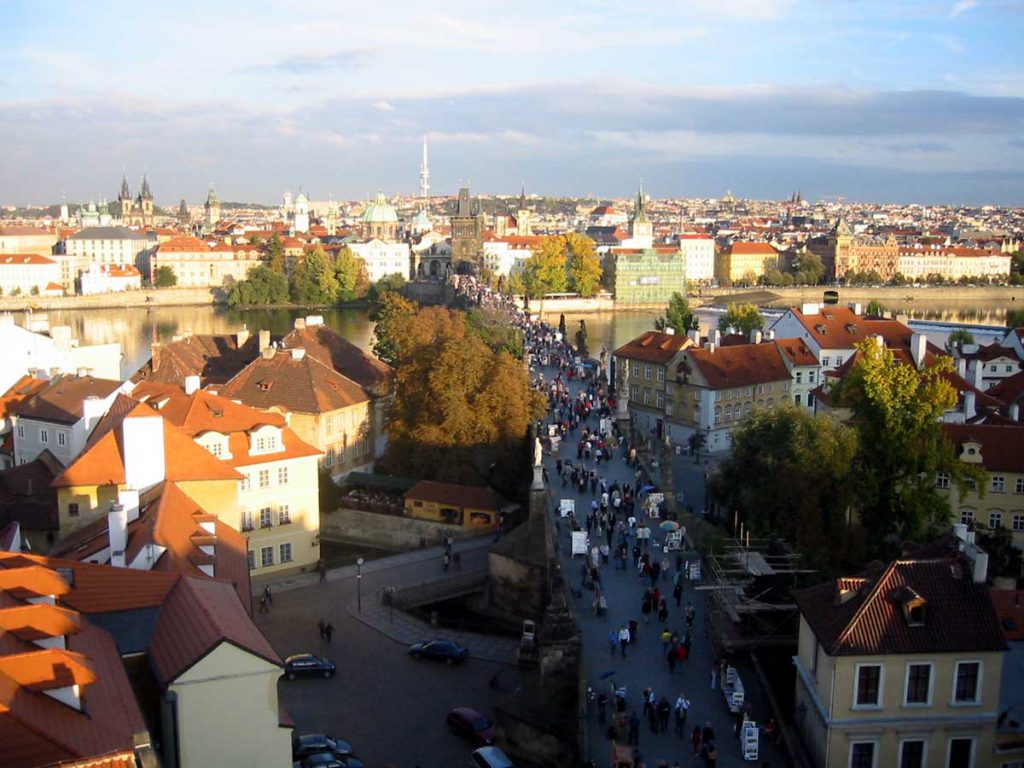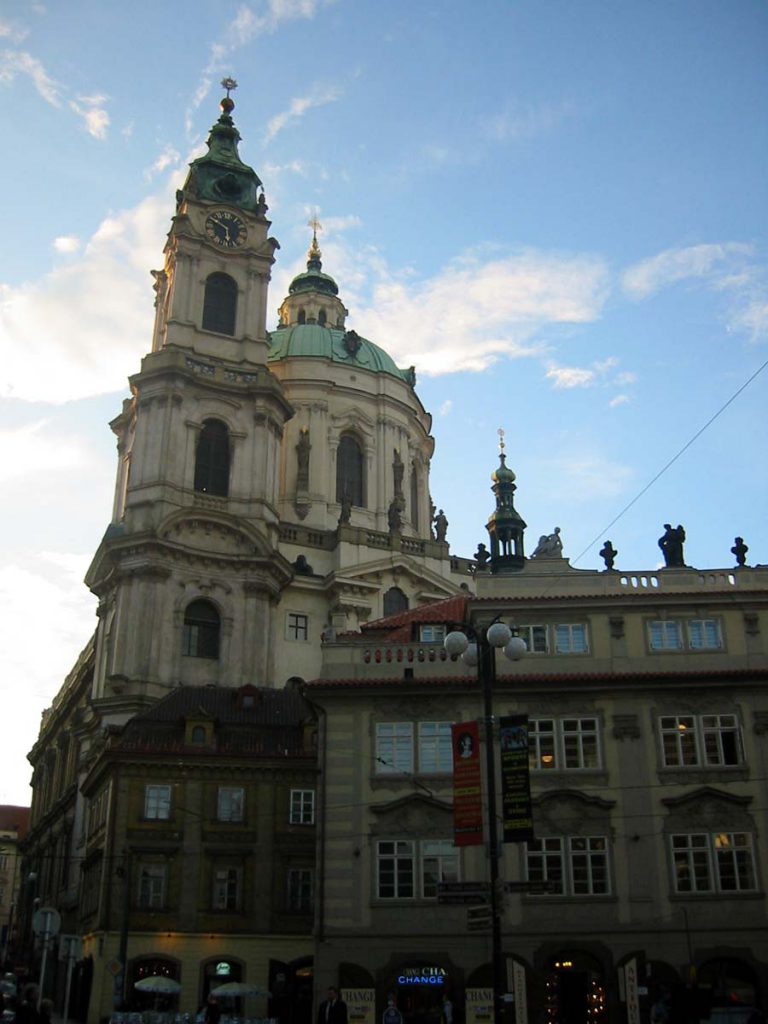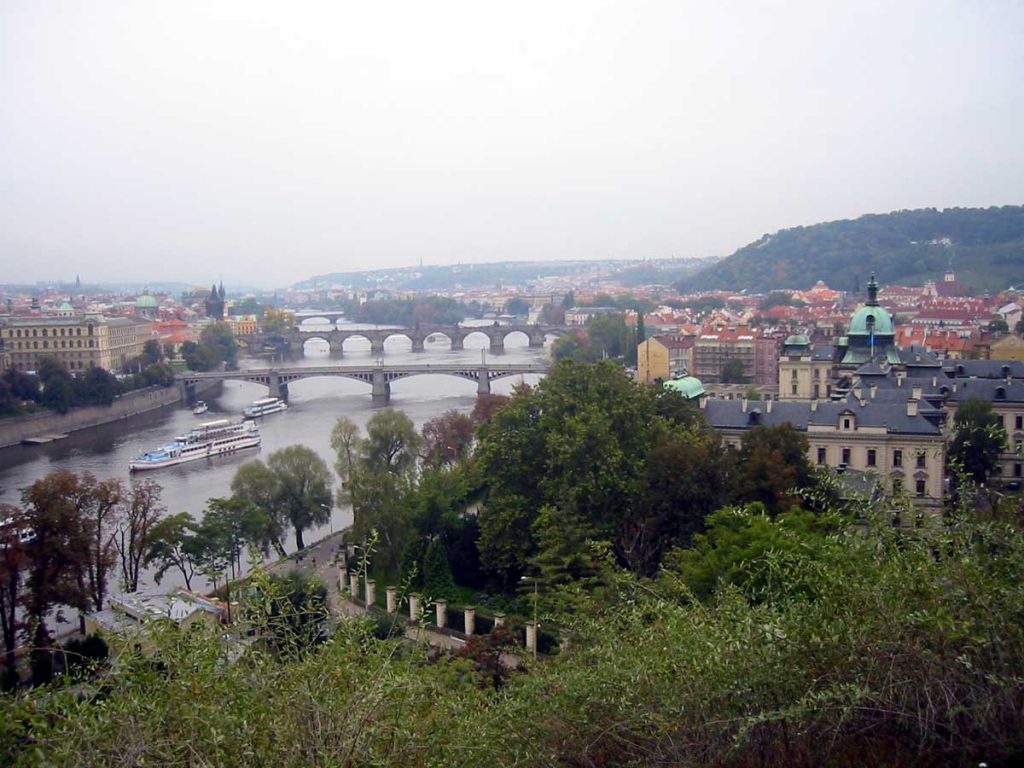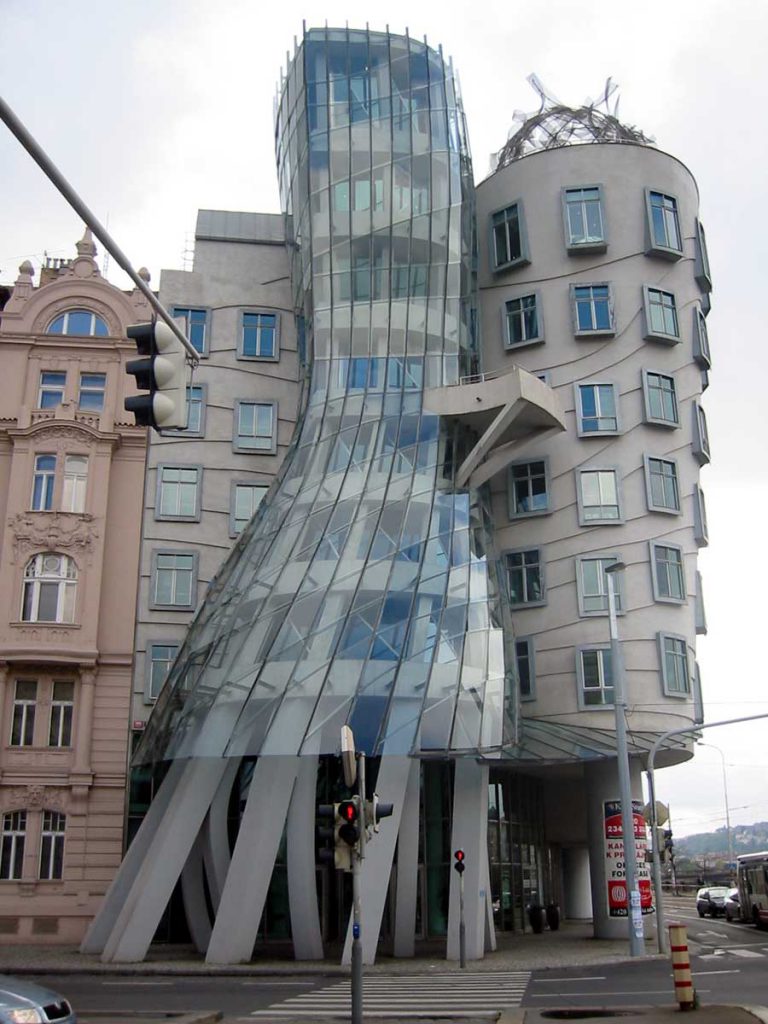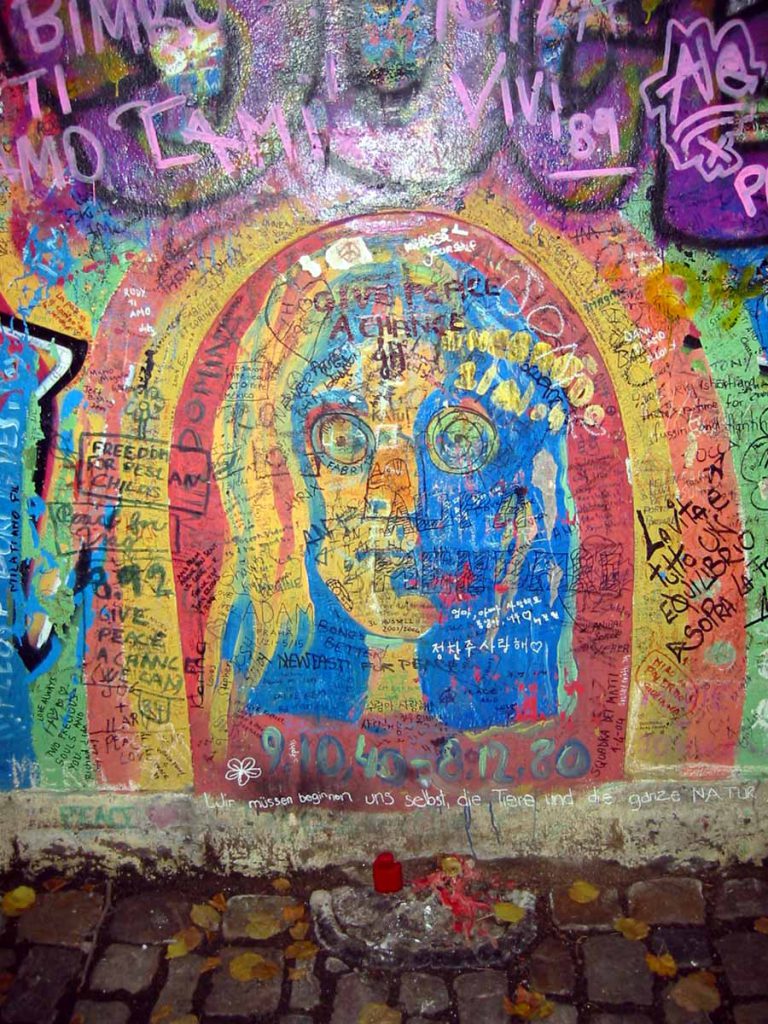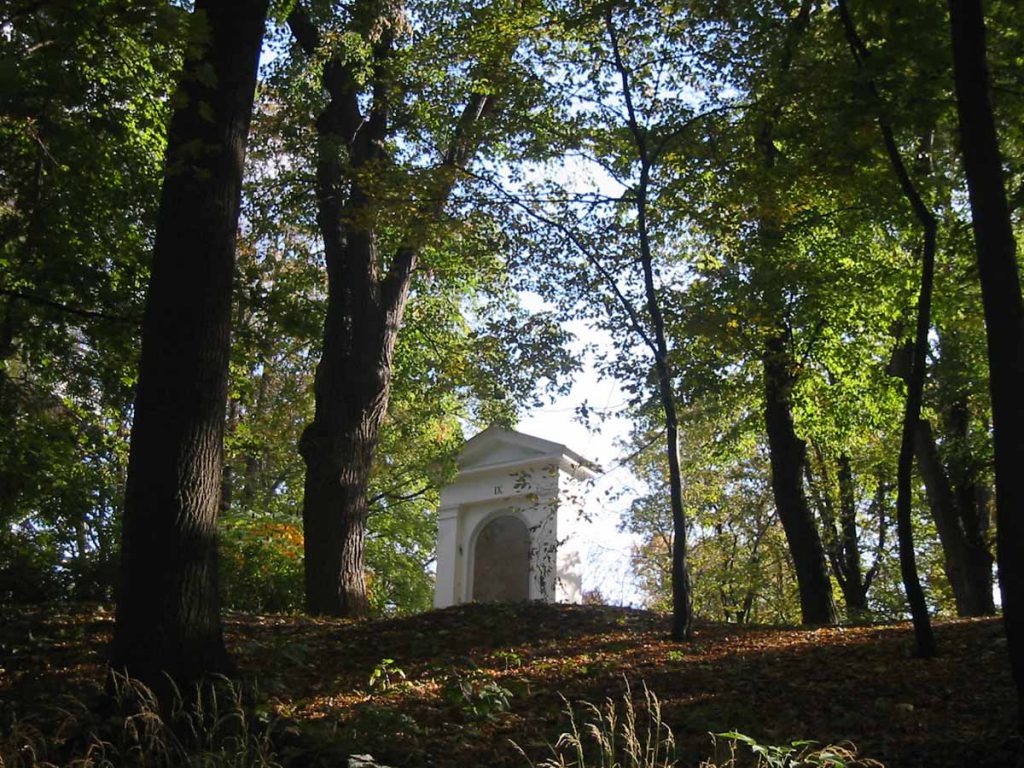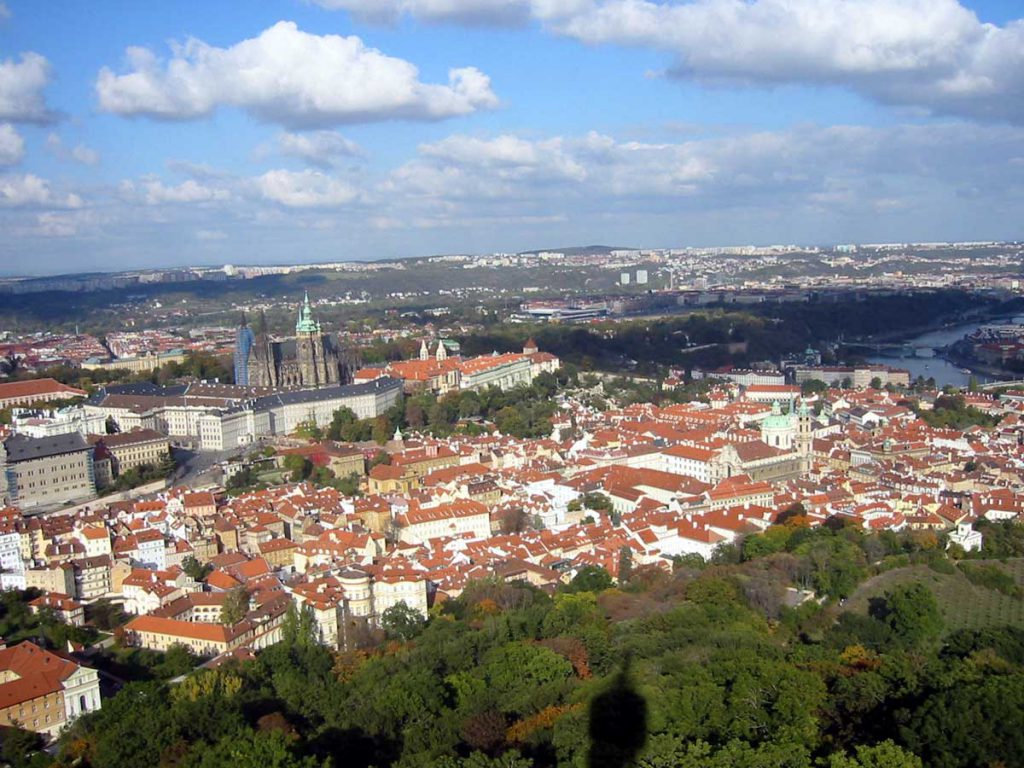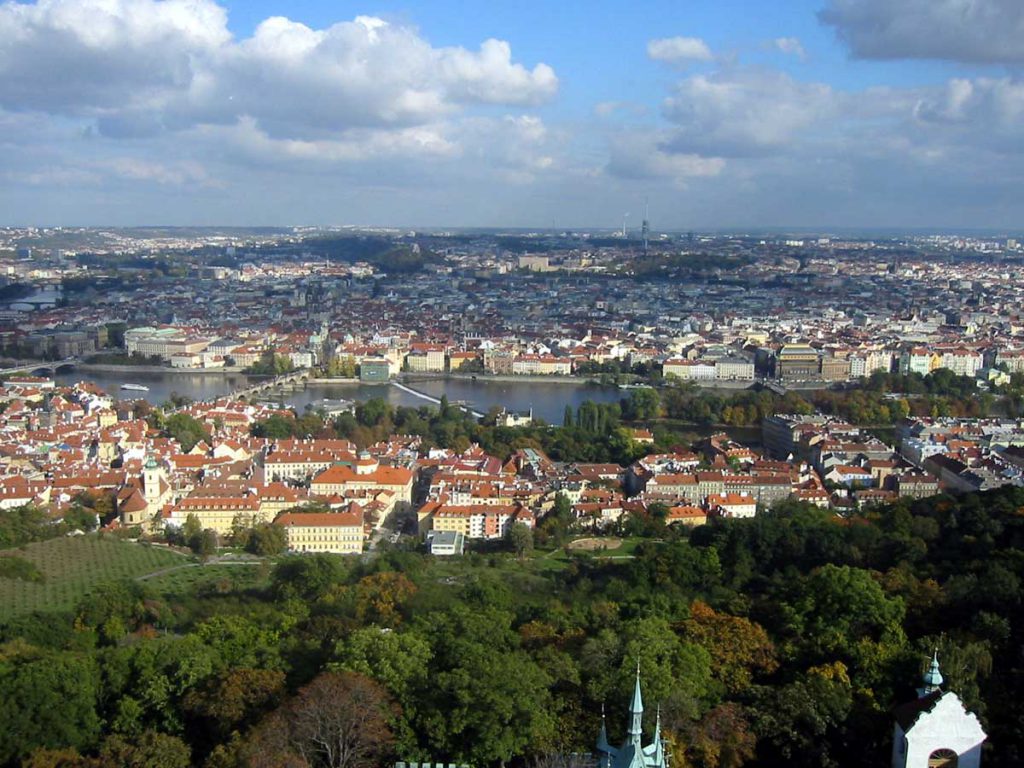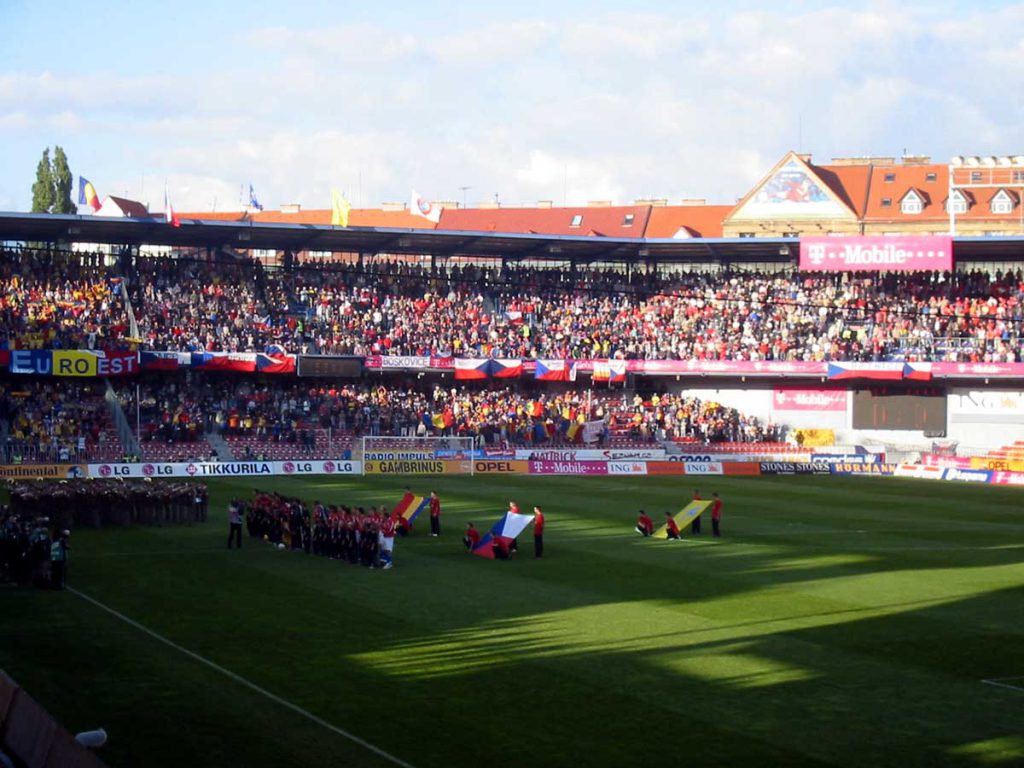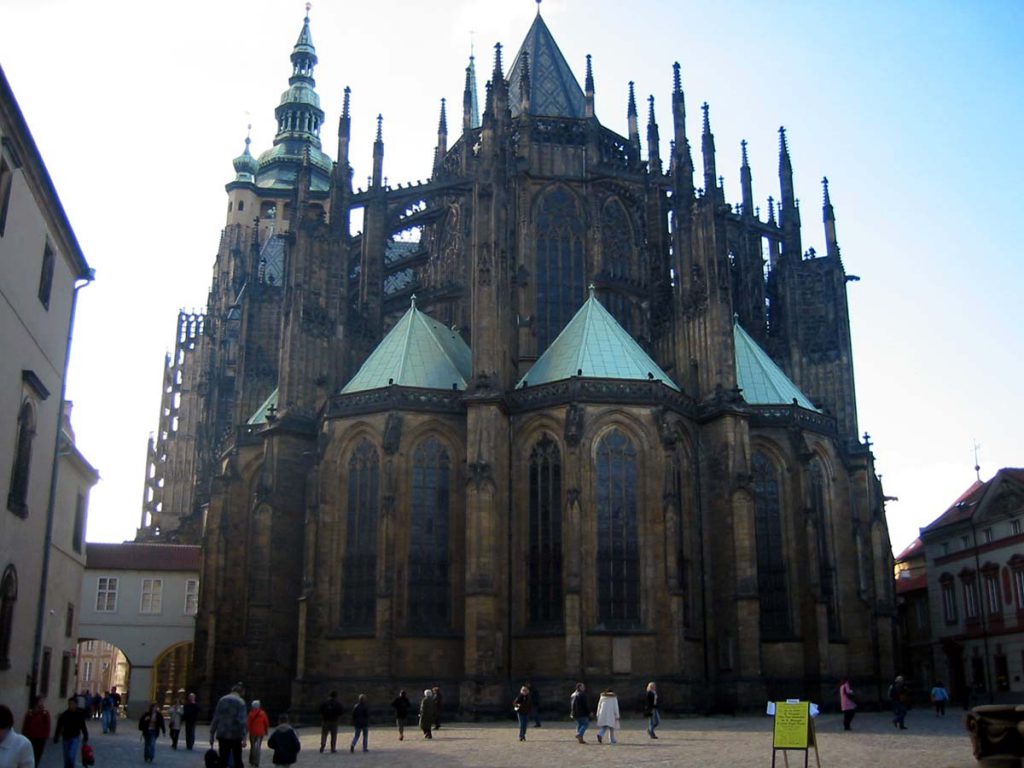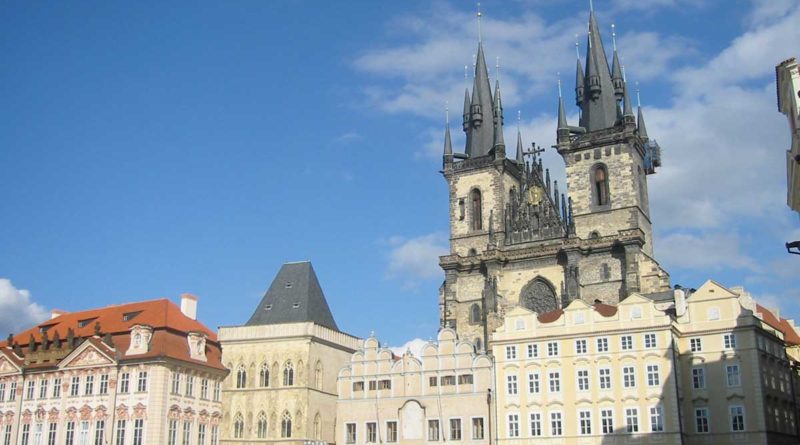Prague
Prague (Praha in Czech) is the capital and largest city of the Czech Republic. Situated on the Vltava River, it is home to approximately 1.2 million inhabitants. (It can be derived from jobs statistics, however, that additional 300,000 work there without having registered as residents.)
Nicknames for Prague have included “city of a hundred spires”, “the golden city”, “the Paris of the Twenties in the Nineties”, the “mother of all cities”, and “the heart of Europe”.
Since 1992, the historic centre of Prague has been included in the UNESCO list of world heritage sites.
Prague is a popular tourist destination. There are lots of old buildings, many with beautiful murals on them. It contains one of the world’s most pristine and varied collections of architecture, from Art Nouveau to Baroque, Cubist, Gothic, Neo-Classical and ultra-modern. The Old Town centre (Stare Mesto), an area of cobbled streets around a market square leading to Charles Bridge and Prague Castle, is relatively small and best seen on foot. For wider travel within the city, Prague has an integrated transport system, with tickets valid on the metro, trams, buses and the local train system. You buy tickets from machines on the stations or from tobacco shops, kiosks and tourist information offices. 24hr and 3-day tickets are convenient options.
What to see in Prague
Charles Bridge (Karluv Most) – even if you are allergic to clichés, you can’t avoid crossing the iconic bridge at least once, running the gauntlet of street musicians, painters, pickpockets and fellow tourists who are probably also wondering what they are doing there! However if you can find yourselves alone for a few minutes, maybe in winter and at night, the historic bridge does have a romantic, magical feel to it. The Old Town Square (Staromestske) is the entertainment hub of old Prague, and the Old Town Hall (and astronomical clock) is a central landmark and meeting place. The Castle (Pražskýhrad) and St Vitus Cathedral are the most visited sights in Prague: the Malostranská metro stop is the nearest if you don’t want to walk. (The Castle opens at 09.00 all year, but the grounds are open from 05.00 in summer and are free.) Prague still has a well-defined Jewish Quarter (Josefov), and the Jewish Museum offers a chance for non-Jews to see inside four historic synagogues, as well as visiting the overcrowded (with graves rather than tourists) Old Jewish Cemetery. Not to be missed while you are in the Jewish Quarter, though less well advertised than some tourist sights, is Franz Kafka’s Birthplace and family home. The German-Jewish author of Metamorphosis, The Trial and The Castle lived here from his birth in 1883 to 1885, when the family moved to a house in Wenceslas Square.
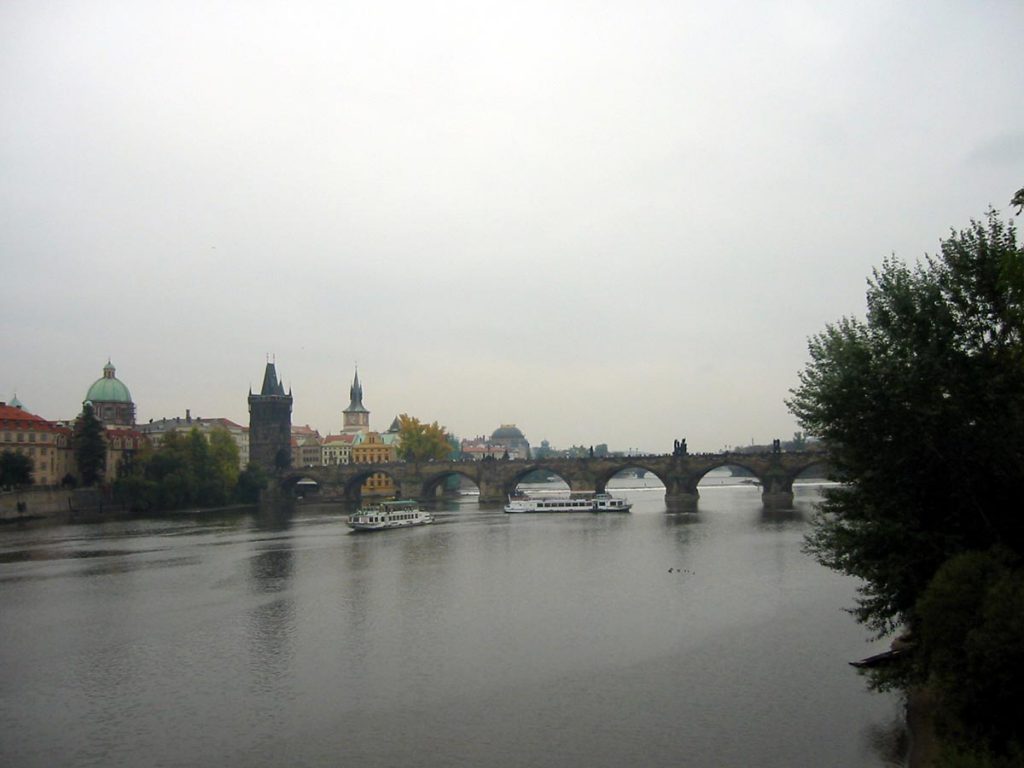
Where to stay in Prague
If you can afford 5-star luxury, the Hotel King’s Court is well recommended. The simply stylish rooms are soundproofed, heated, air-conditioned and allergy-free. There is a Fitness Centre and Spa as well as an indoor pool. The hotel rents bikes in case you need still more exercise. The 4-star category has two interesting options, both in the centre of the city. The first is to rent one of the Salvator Superior Apartments: the two-bedroom apartment has one double bedroom and one twin; the one-bedroom apartment has a double and two singles in the same room. Both apartments are modern in style, and the one-bedroom apartment has a fully equipped kitchen including washing machine, while the other has just tea and coffee making facilities. The other interesting alternative is the Boat Hotel Matylda, anchored on the River Vltava in a quiet location only a ten minute walk from Charles Square. Standard double rooms are on the Matylda itself, while superior and single rooms are on the newer Klotylda boat. There is also a floating bar and Italian restaurant, and parking is free. Many backpackers turn up in Prague, and unlike some cities, are catered for in the city centre itself. Try the Hostel Rosemary with a range of rooms for different numbers of people, some with private bathrooms, or the Travellers Hostel, situated within walking distance of most attractions, where there is a communal kitchen and laundry.
St. Vitus Cathedral
St. Vitus Cathedral, located in the heart of Prague, Czech Republic, stands as a testament to the grandeur of Gothic architecture and the rich history of the Czech lands. This magnificent cathedral, with its towering spires and intricate façade, is not only a religious landmark but also a symbol of national pride and cultural heritage.
A Rich History
The history of St. Vitus Cathedral is as captivating as its architecture. Construction began in 1344 during the reign of Emperor Charles IV, but it wasn’t until nearly six centuries later, in 1929, that the cathedral was finally completed. This prolonged construction period saw the involvement of numerous architects, artists, and craftsmen, each leaving their mark on the cathedral’s design and décor.
Architectural Marvel
St. Vitus Cathedral is renowned for its stunning Gothic architecture, characterized by its pointed arches, ribbed vaults, and towering spires. The cathedral’s exterior is adorned with intricately carved stone statues and reliefs, depicting scenes from the Bible, saints, and Czech history. The most notable feature of the cathedral is its soaring spires, with the tallest reaching a height of over 96 meters (315 feet), offering breathtaking views of the city below.
Treasures Within
Stepping inside St. Vitus Cathedral reveals a treasure trove of religious art and historical artifacts. The interior is adorned with magnificent stained glass windows, including the famous “Window of the Last Judgment” designed by Art Nouveau artist Alfons Mucha. Visitors can also marvel at the stunning Gothic altarpieces, elaborate frescoes, and intricately carved wooden choir stalls.
One of the most revered treasures housed within the cathedral is the tomb of St. Wenceslaus, the patron saint of the Czech Republic. His shrine, located in the Chapel of St. Wenceslaus, is a masterpiece of medieval craftsmanship and a place of pilgrimage for devout Catholics.
Cultural Significance
Beyond its religious importance, St. Vitus Cathedral holds significant cultural and historical significance for the Czech people. It has witnessed coronations, royal weddings, and important events in the nation’s history. The cathedral’s association with the Czech monarchy and its role as a symbol of national identity make it a source of pride for the Czech people and a must-visit destination for tourists from around the world.
Preserving the Legacy
In recent years, efforts have been made to preserve and protect St. Vitus Cathedral for future generations. Extensive restoration projects have been undertaken to repair damage caused by centuries of wear and tear, as well as damage sustained during periods of conflict and neglect. These efforts ensure that this architectural masterpiece continues to inspire awe and wonder for centuries to come.
Visiting St. Vitus Cathedral
For visitors to Prague, a trip to St. Vitus Cathedral is a must. Whether you’re a history enthusiast, an architecture aficionado, or simply someone seeking spiritual solace, the cathedral offers a captivating glimpse into the past and a chance to marvel at the ingenuity of the human spirit.
As you stand beneath the towering spires and gaze up at the intricate stone carvings, you can’t help but feel a sense of reverence for the generations of craftsmen and artisans who dedicated their lives to creating this magnificent masterpiece. St. Vitus Cathedral truly stands as a jewel of Gothic architecture and a testament to the enduring legacy of human creativity and devotion.
